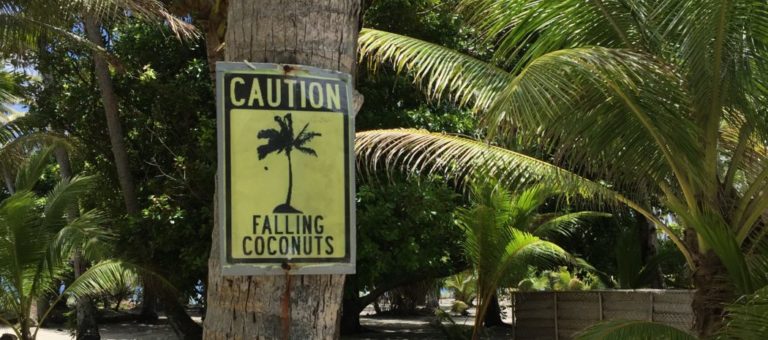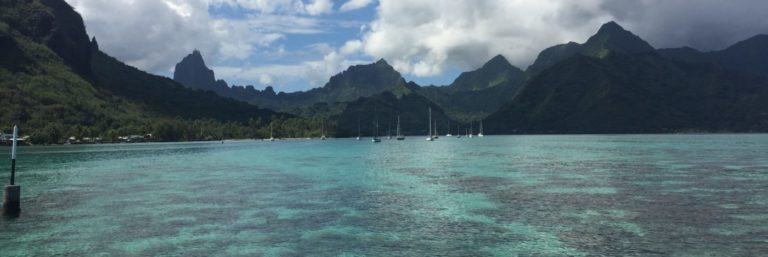Find the Society Islands on Google Earth or on your favorite world atlas. We recommend the National Geographic Visual Atlas of the World, 2nd Edition: Fully Revised and Updated. You will note they are pretty much in the middle of nowhere. How and why they became inhabited is one of the great puzzles of anthropology.
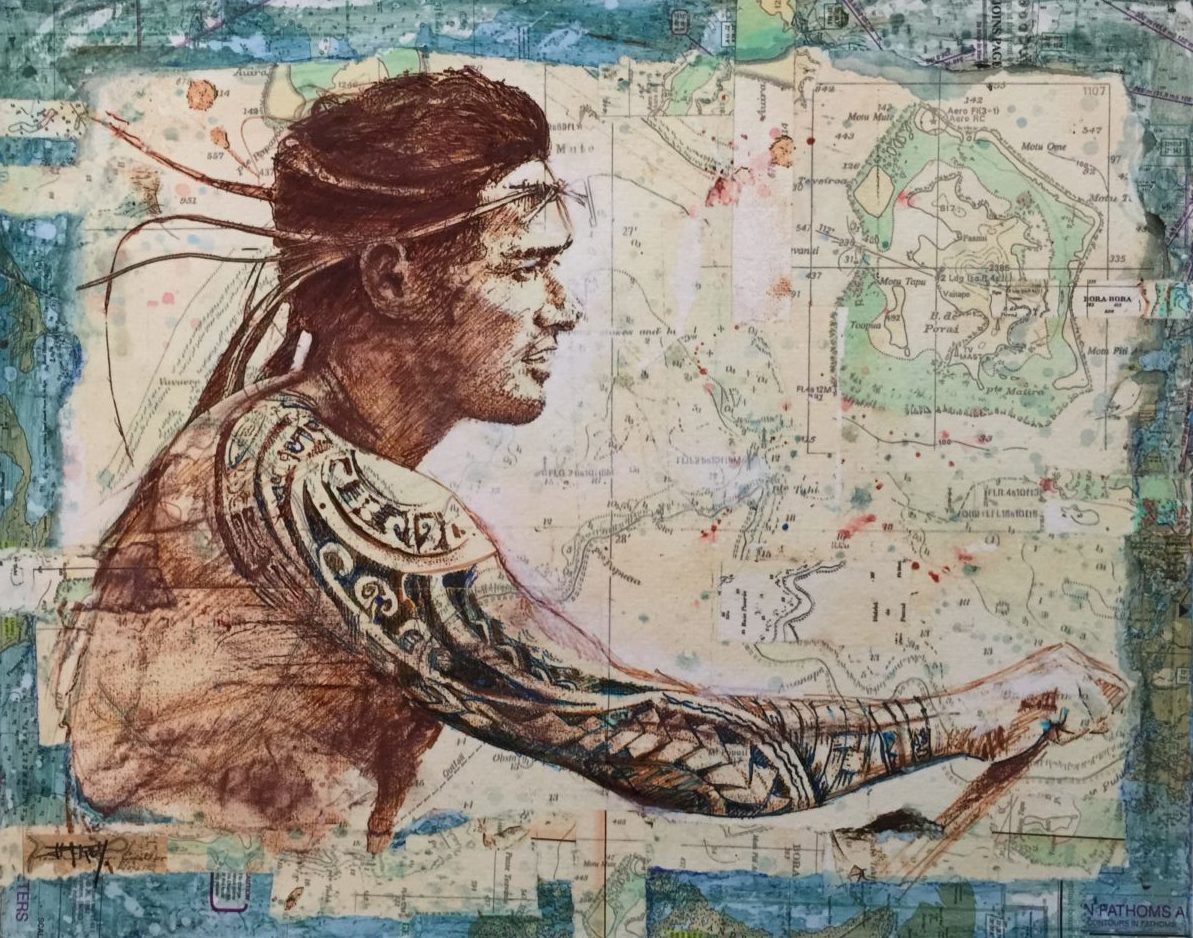
One famous theory, advanced by Norwegian ethnographer, Thor Heyerdahl, was that disaffected Peruvians hopped on sea-going rafts and followed the prevailing winds and currents from the west coast of South America to Easter Island and beyond to Polynesia. His chronicle recreating this adventure is Kon-Tiki: Across the Pacific in a Raft, a remarkable and convincing tale of nautical courage.
More recently, the folks who brought you Deep Ancestry: Inside The Genographic Project, have followed up with The Journey of Man: A Genetic Odyssey (Princeton Science Library)
. They have followed the migration of homo sapiens from Africa throughout the world using DNA patterns and biological markers. Using these genealogical fingerprints, they have established that the migration to the Polynesian Islands originated in Asia, most directly from Taiwan.
Heading into the mammoth ocean in a raft must have taken some serious self-confidence. That they island-hopped all the way to Polynesia is extraordinary. From there, they populated many of the Pacific islands, including Easter Island, Hawaii, and New Zealand.
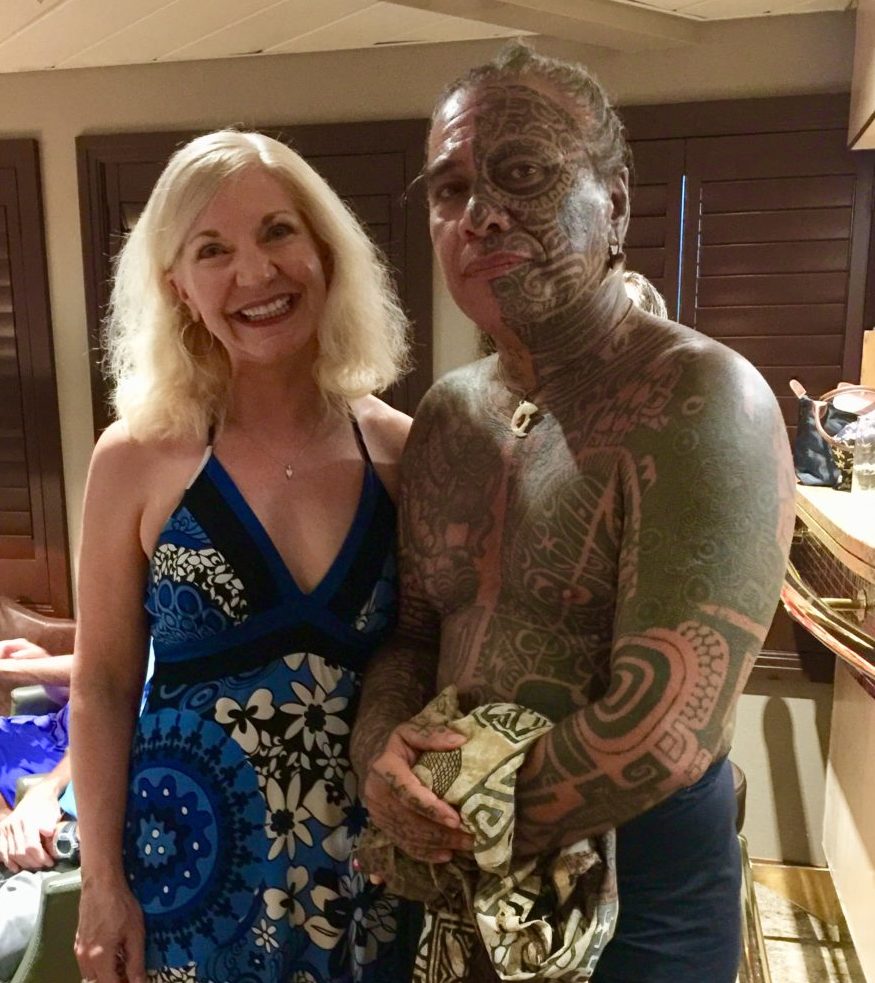
For whatever reason, Raiatea was seen to be the hub of this universe. From the island’s spiritual site called Ti’ahuauatea, would-be voyagers took stones from the marae (spiritual stone plaza) and placed them in similar plazas when they reached their new homes. The geologic make-up of the volcanic rocks provides recognizable “breadcrumbs” that have allowed historians to identify the trail of this astonishing migration.
The islands have been inhabited for over a thousand years, with New Zealand being one of the most recently settled, sometime in the 1200’s AD. A recent and extremely entertaining discussion of the migration and the discoveries that help describe it is Sea People: The Puzzle of Polynesia, by Christina Thompson.
In one section of Sea People: The Puzzle of Polynesia, Thompson talks about the multitude of observable indicators that serve as the road signs and directional signals that turned the vast, forbidding Ocean into a series of interwoven byways among the islands. The sun, the moon, and the stars are the obvious ones. But when you add swells, reflected colors, whale routes, and birds, it becomes much more comprehensible.
This is the knowledge that has been passed down through oral traditions of the generations of Polynesians who live with the sea. Thompson recounts a story about the recent voyage intended to sail from Hawaii to Tahiti and back using “the old methods”. She tells of the veteran Polynesian mariner and his nuanced understanding of the plethora of indicators that helped him know where he was headed. Right down to knowing that a bird with a small fish in its mouth is headed towards land, even if it is flying in the morning when it should normally be flying away from land.
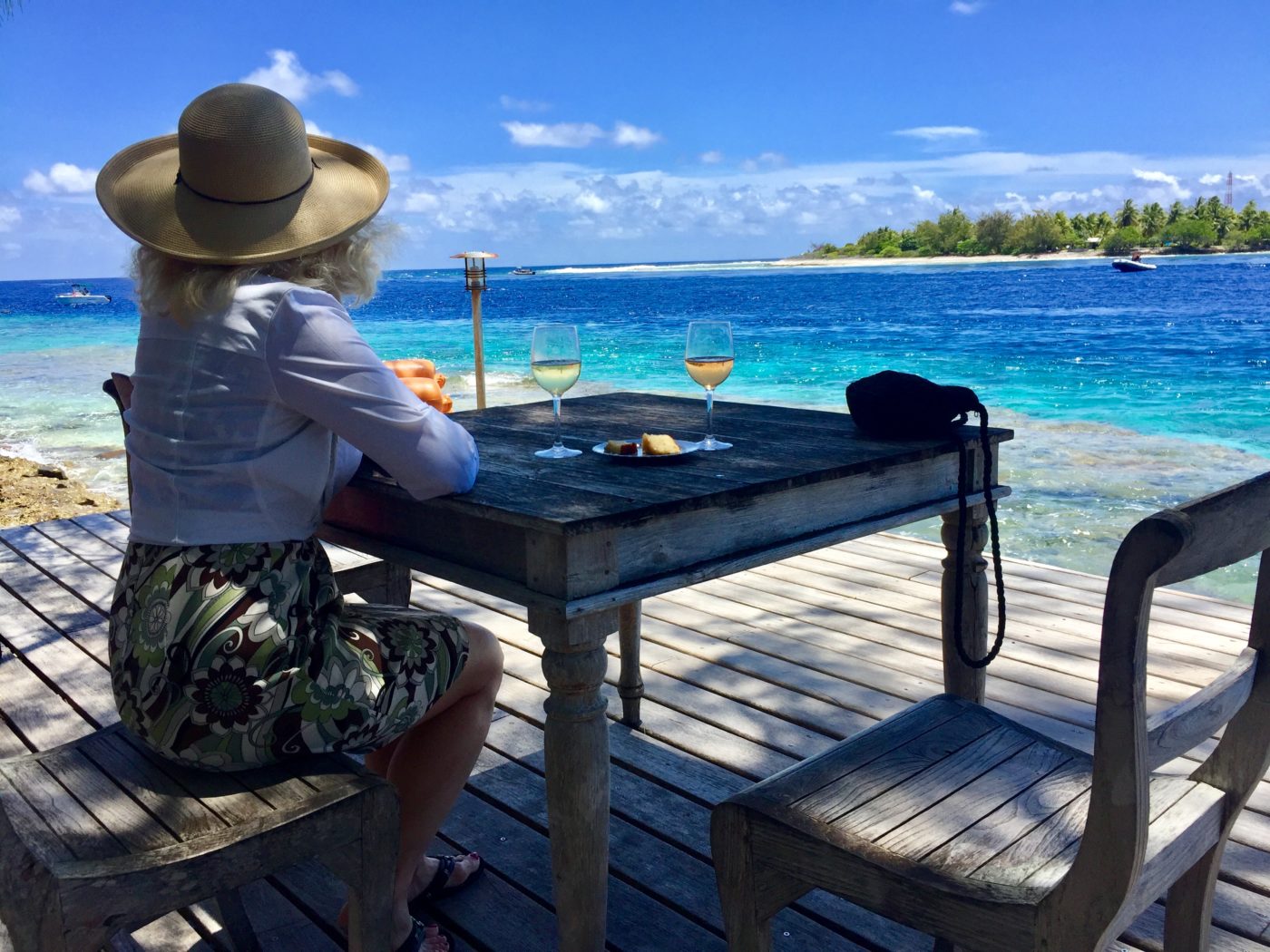
The Polynesian culture and lifestyle was abruptly sidetracked when Europeans started so show up in their lagoons. The most prominent was Captain James Cook, the intrepid explorer. His three voyages to the Pacific probably transformed their history, Blue Latitudes: Boldly Going Where Captain Cook Has Gone Before.
The influence of western civilization brought by European explorers has had uneven results throughout the Pacific. You see this in the Society Islands, where the urban center of Papeete seems pretty worn and tired. Your first impression of this supposed “paradise” may be that it has seen better days.
My theory is that if Western Civilization had not arrived, the natives would not have bothered. After all, with tropical sunshine, gentle breezes, lush vegetation, nurturing showers, and plentiful food in the lagoon, why would you work so hard?
In many ways, the islands turn classical economics on its head. The reliable laws of economics, driven by supply and demand, are, ultimately, based on scarcity. If you don’t have scarcity, there is much less natural incentive to create value, drive markets, and make money. Just go down to the beach and catch dinner.
I bumped into a Frenchman strolling through town on Raiatea. As we chatted , he related that he and his wife had retired to the island and did pretty much nothing. “She reads a lot. I swim every day.” No urgency. No corporate ladders. No facades or pretenses. Not necessary!
A beautiful world, without the hecticity of “civilization”. Grab a mai-tai and ponder that!

